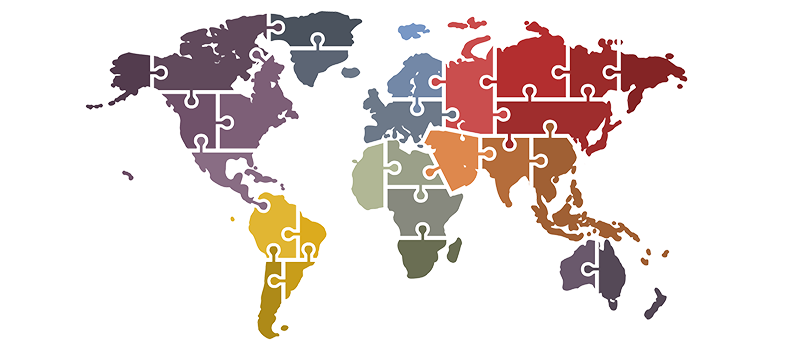2.1 Focus on priority bacterial pathogens related to human health
GLASS recommends that national AMR surveillance activities should concentrate on antimicrobial-resistance in bacteria that cause common infections in humans. AMR surveillance cannot include all forms of resistance in all bacteria – so rare forms of resistance or infections are not typically included in routine surveillance activities. Pathogens currently included in GLASS-AMR are Acinetobacter spp., E. coli, K. pneumoniae, N. gonorrhoeae, Salmonella spp., Shigella spp., S. aureus and S. pneumoniae. These pathogens have been identified as priorities for surveillance because they are common causes of severe disease and may frequently be multidrug resistant.
Breaking this down by sample type, GLASS collates results from blood culture samples on:
- Acinetobacter spp.
- E. coli
- K. pneumoniae
- Salmonella spp
- S. aureus
- S. pneumoniae
from urine samples on:
- E. coli
- K. pneumoniae
from stool samples on:
- Salmonella spp.
- Shigella spp.
and from cervical and urethral specimens on:
- N. gonorrhoeae
Section 4.4 expands on aspects of sampling.
National AMR surveillance systems are expected to collect, collate and share data according to sample type and corresponding bacterial species, aggregate the data at national level, and then report to WHO GLASS. Note that these data are normally obtained from patient samples sent to laboratories for routine clinical purposes, and also used for public health information purposes.
From your knowledge of previous modules, is this an example of active or passive surveillance?
This is a form of passive surveillance, as described in previous modules, with sampling performed as part of routine clinical investigations for patients presenting with infection. GLASS collates this national data under the remit of GLASS-AMR routine data surveillance.
2 The function of national AMR surveillance systems



